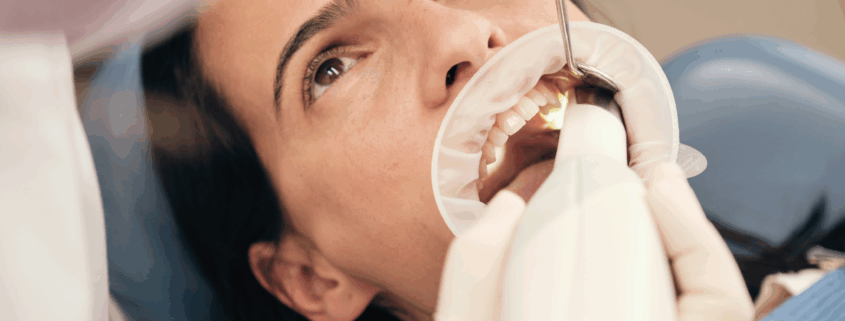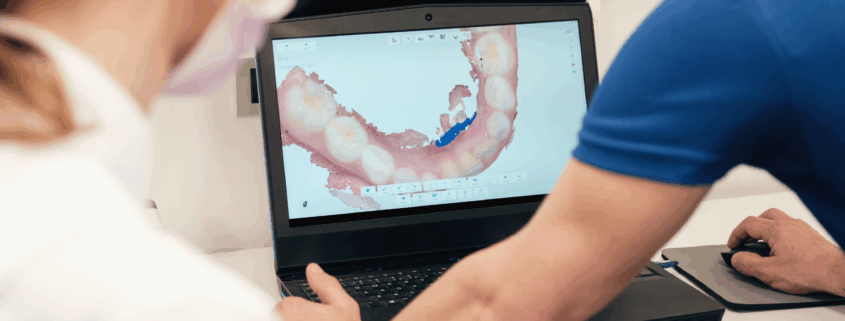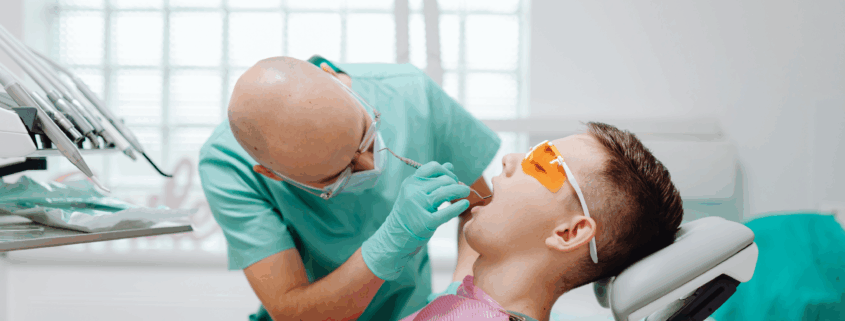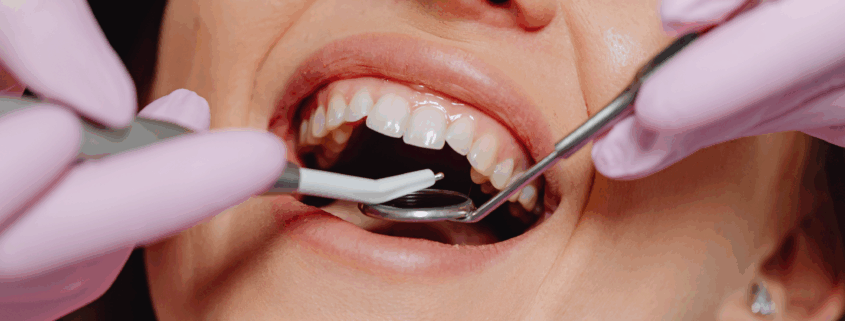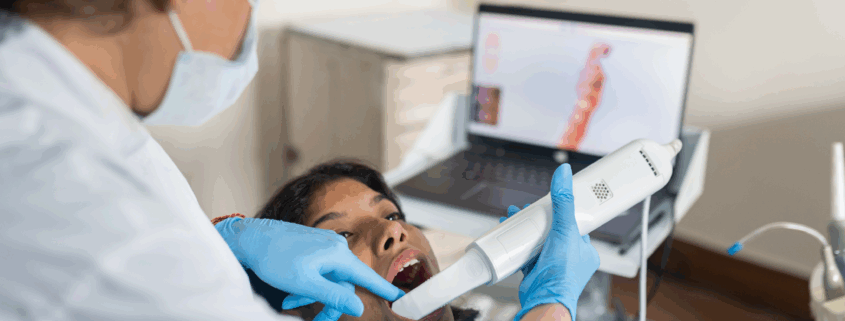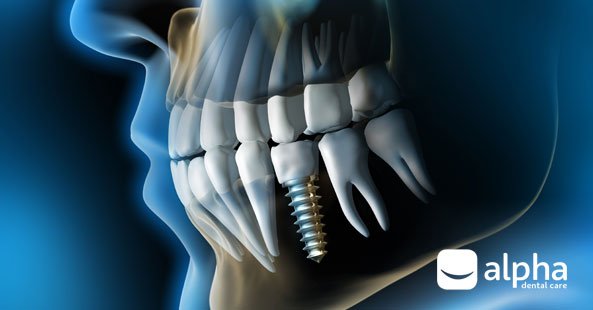When Should You See an Emergency Dentist? 5 Clear Signs
Toothache can sometimes wait for a routine appointment, but in other cases, the pain or problem is too severe to ignore. That’s when you may need to see an emergency dentist. Knowing the difference can help you get the right care quickly and avoid more serious complications.
Here are five clear signs it’s time to book an emergency dental appointment.
Book an Emergency Appointment at Riverdale
1. Severe or Persistent Toothache
Mild sensitivity can usually wait, but if you have pain that is intense, throbbing, or keeping you awake at night, it’s a sign something isn’t right. Severe toothache may be caused by infection, decay, or an abscess, all of which need urgent treatment.
2. Swelling in the Face or Gums
If you notice swelling around a tooth, in your gums, or even in your face or jaw, it could point to infection. Left untreated, infections can spread quickly and cause serious health risks. A call to an emergency dentist near you is essential if you notice sudden or painful swelling.
3. A Knocked-Out Tooth
Time is critical if you’ve lost a tooth through an accident or injury. Seeing a dentist within an hour gives the best chance of saving the tooth. In the meantime, gently rinse it in milk or saliva, avoid touching the root, and try to keep it moist until your urgent dental care appointment.
4. Broken, Cracked or Chipped Teeth
Not every chip needs immediate attention, but if your tooth has broken and is causing pain, cutting your tongue or cheeks, or exposing sensitive inner layers, it counts as a dental emergency. Your dentist can smooth, fill, or restore the tooth depending on the severity.
5. Lost Fillings, Crowns or Dental Work
When a crown, filling, or bridge falls out, it can leave your tooth vulnerable and painful. Even if it doesn’t hurt straight away, exposed teeth are more prone to damage and infection. An emergency dental appointment helps protect the tooth until a permanent solution is in place.
When to Go Straight to A&E
While most urgent issues can be handled by an emergency dentist, you should go to A&E immediately if:
- You’re experiencing heavy, uncontrolled bleeding.
- You have swelling that affects your breathing or swallowing.
- You’ve had serious trauma to the face or jaw.
Our practices provide same-day and next-day appointments for patients in need of urgent help. Whether it’s severe toothache, swelling, or a lost crown, our team is here to provide fast and effective care when you need it most.

